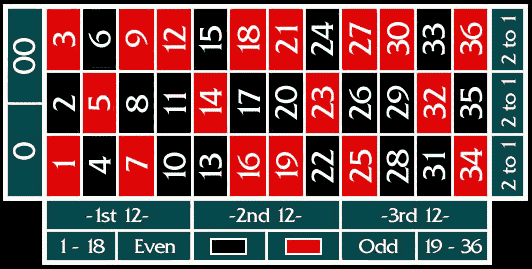

Why might a movie streaming service (like Netflix or Vudu) want to know the distribution of television resolutions? How would they use the data?
| Next Search | |||
| Bing | |||
| Bing | 0.40 | 0.60 | |
| Previous Search | |||
| 0.20 | 0.80 | ||
Hint: This problem involves a Markov chain, as discussed in the reading. Though the reading does not contain a "worked example", you should be able to figure out how to do the calculations. To get started, let \(B_1\) and \(G_1\) denote the market shares for Bing and Google on day 1. Further, let \(P\{\mbox{B to B}\}\) denote the probability that a user "switches" from Bing to Bing (i.e., staying with Bing), \(P\{\mbox{B to G}\}\) denote the probability that a user switches from Bing to Google, \(P\{\mbox{G to B}\}\) denote the probability that a user switches from Google to Bing, and \(P\{\mbox{G to G}\}\) denote the probability that a user stays with Google. You need to calculate \(B_2\) and \(G_2\) (i.e., the shares on day 2) from \(B_1\), \(G_1\) and these transition probabilities?
Copyright 2013